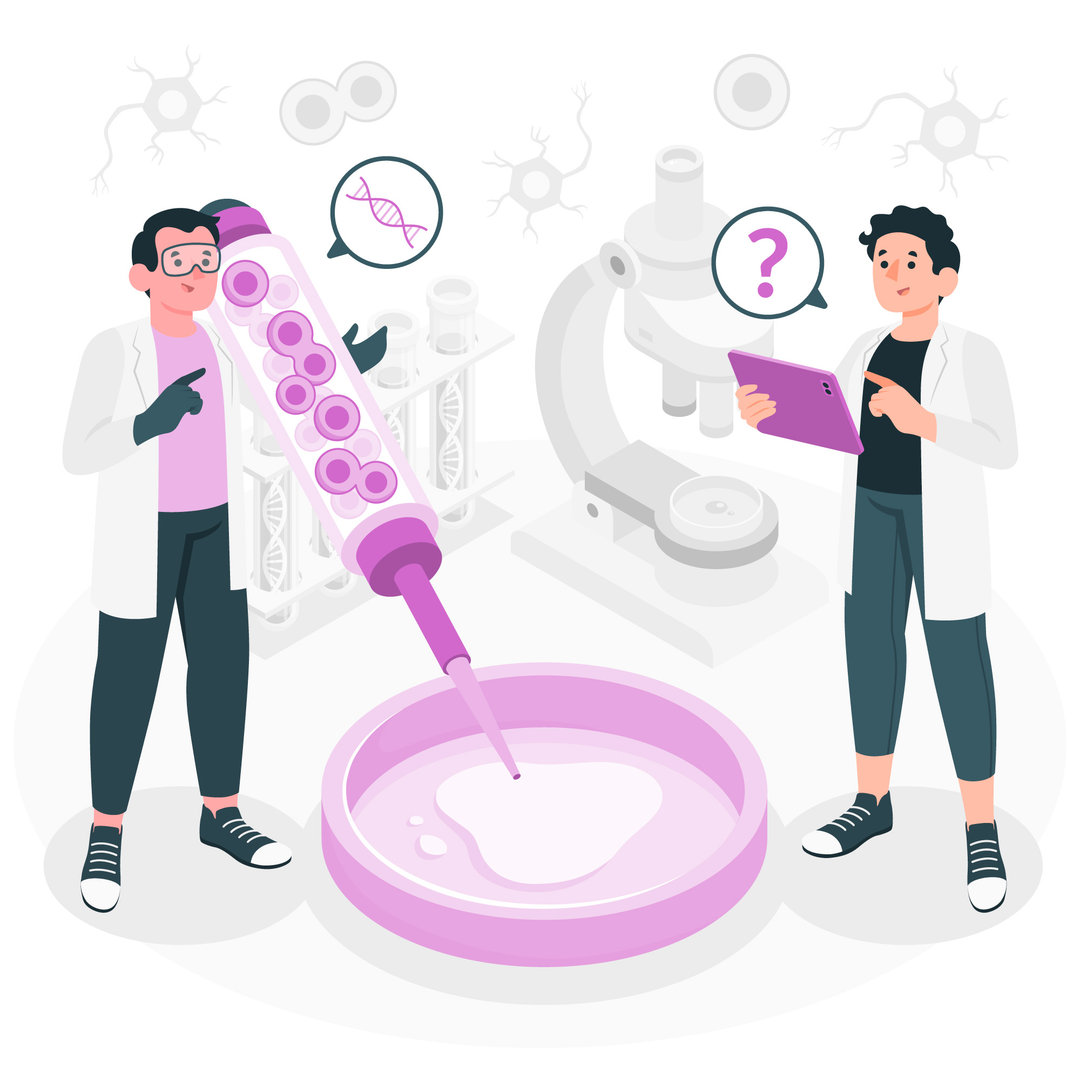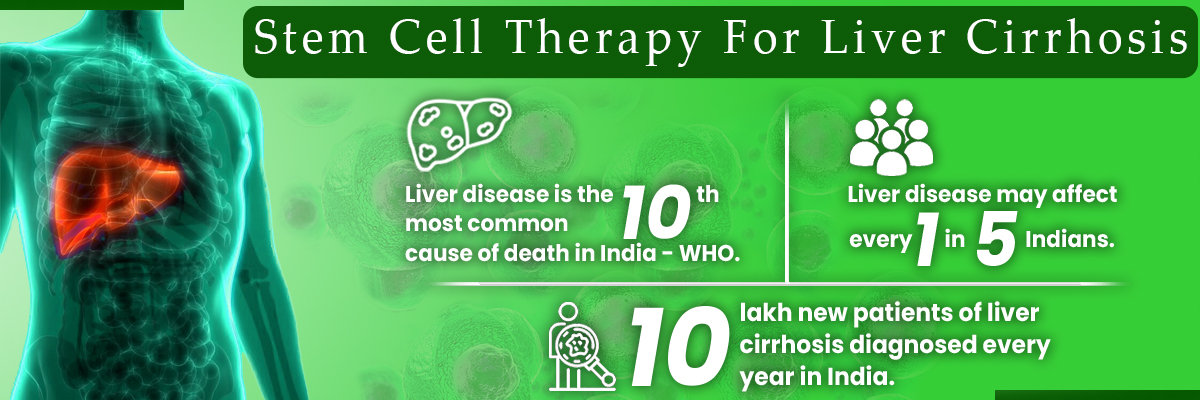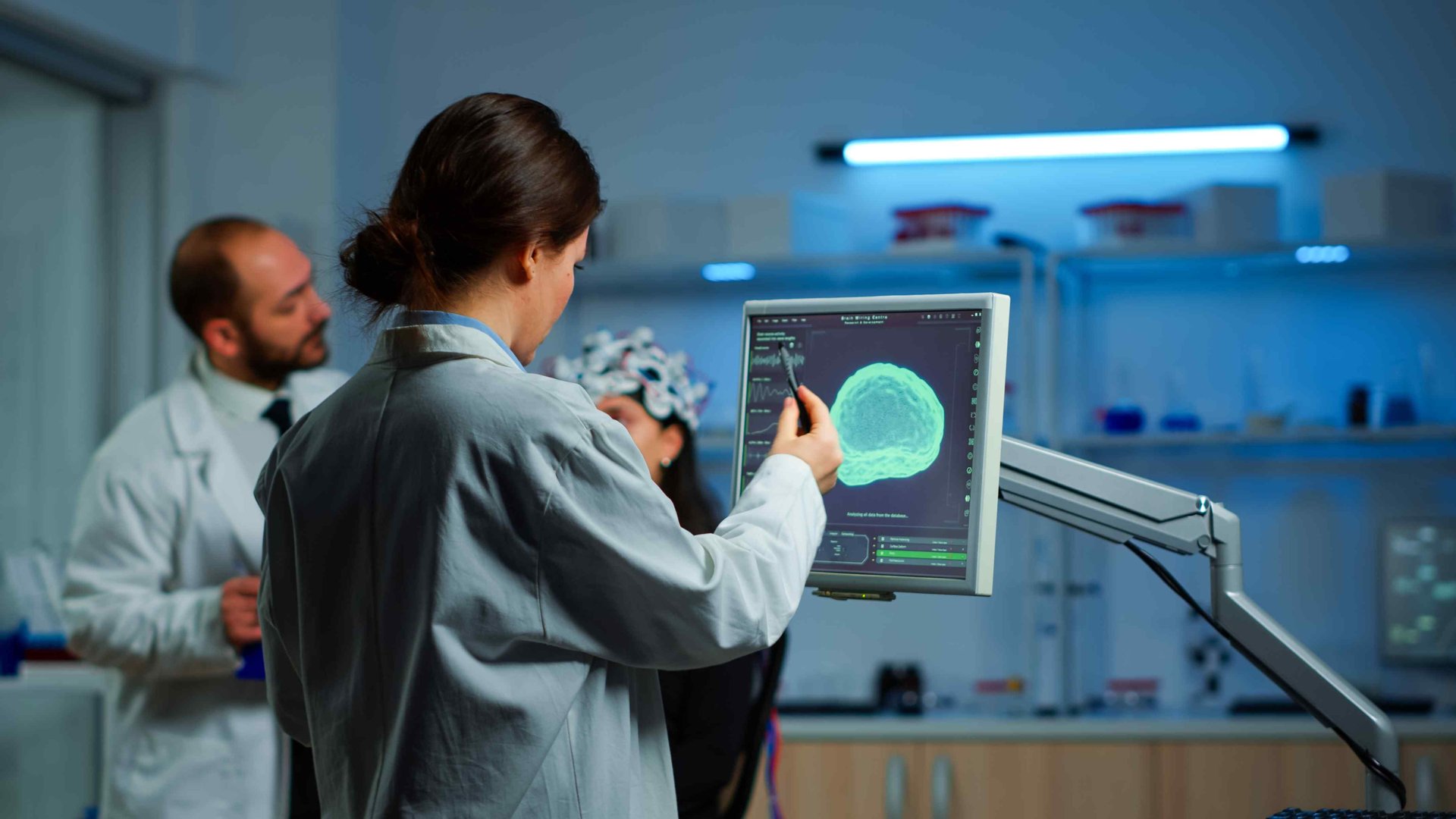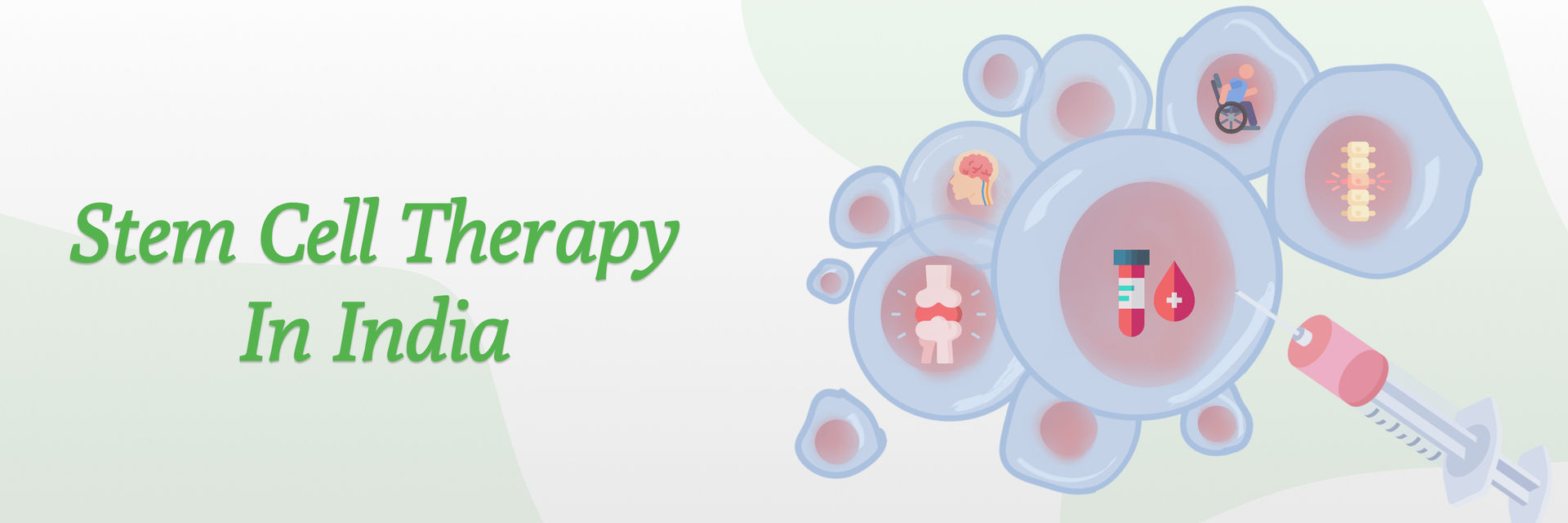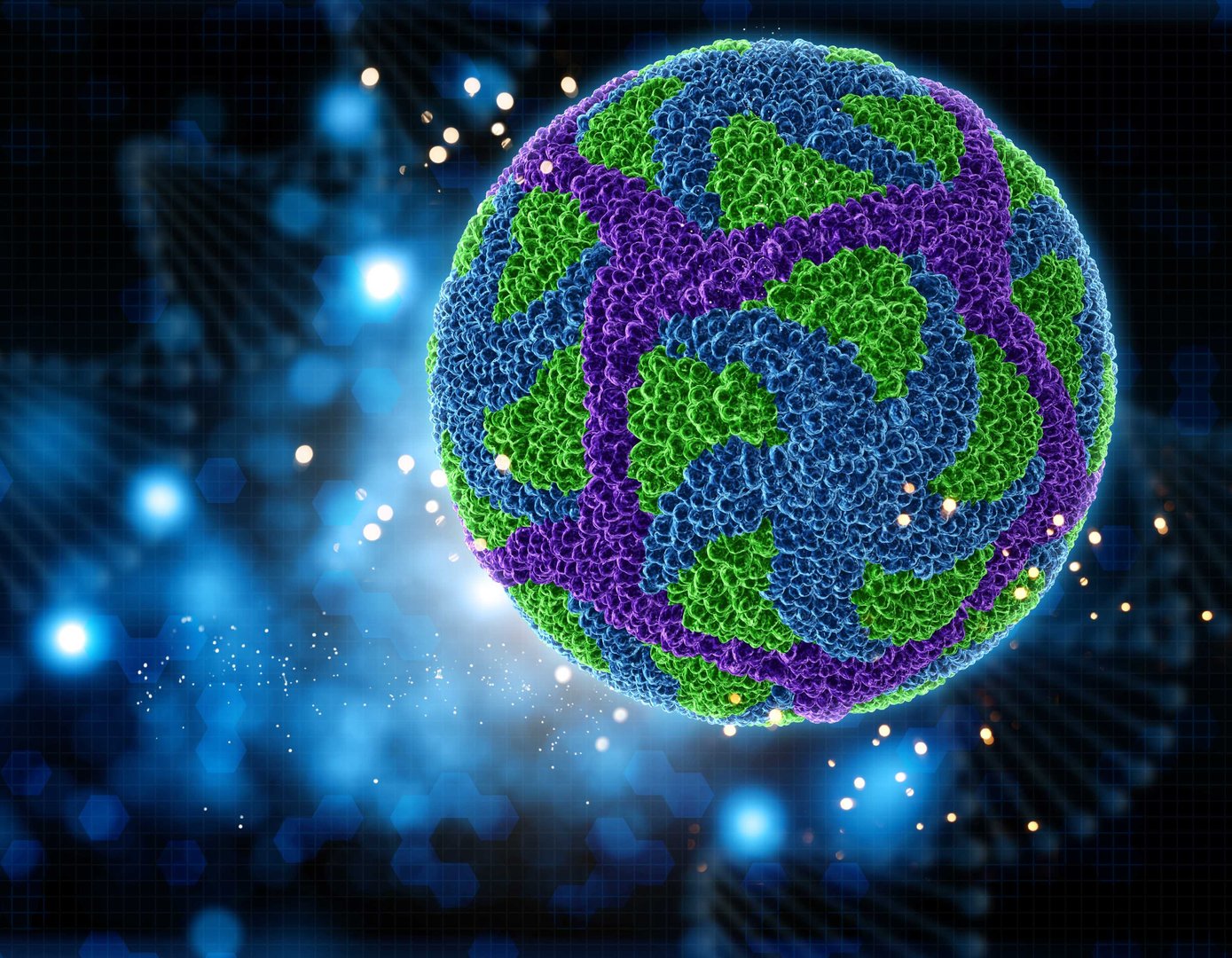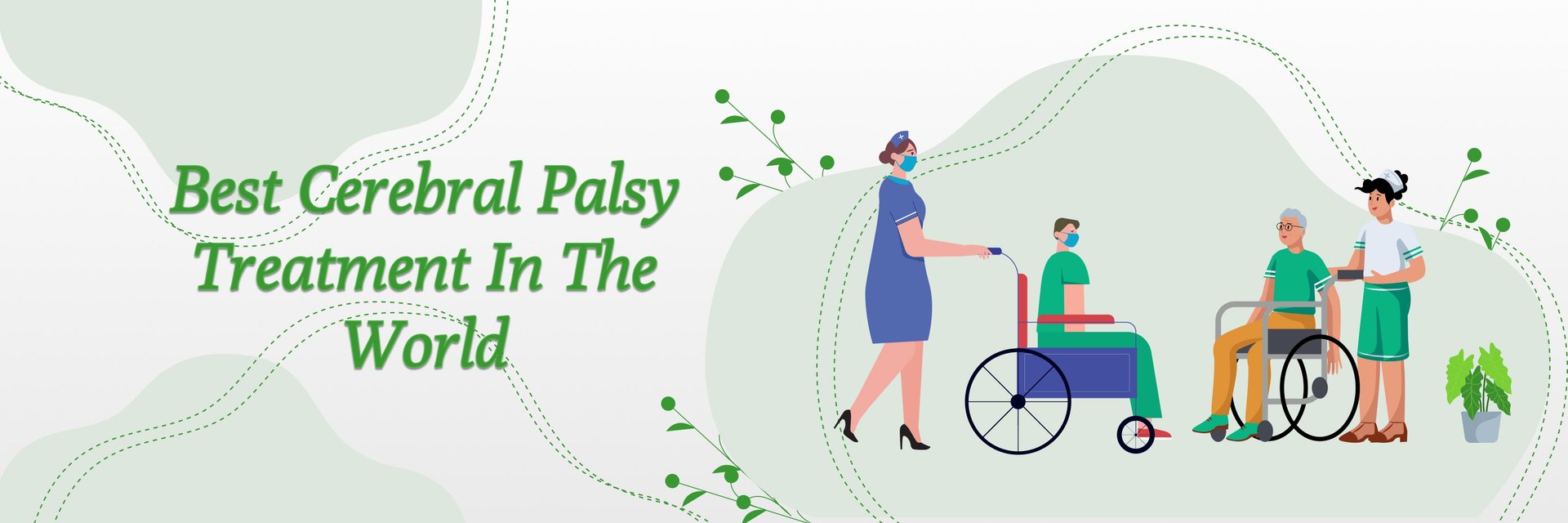Overview:
India has emerged as a leading destination for advanced orthopedic treatments, particularly ACL stem cell therapy. With over 200,000 ACL injuries reported annually, the demand for innovative, minimally invasive solutions is growing. Stem cell therapy offers a promising alternative to traditional surgery, leveraging the body's natural healing processes to repair and regenerate damaged ligaments.
Understanding ACL Injuries
The Anterior Cruciate Ligament (ACL) is a pivotal structure within the knee joint, essential for maintaining stability during dynamic movements such as running, jumping, and sudden directional changes. Injuries to the ACL are common, particularly among athletes, and recognizing the early signs is crucial for effective treatment and preventing further complications.
Common Symptoms of ACL Injury
- Audible "Pop" at the Time of Injury
Many individuals report hearing or feeling a distinct "pop" in the knee during the moment of injury. This sensation often signifies a significant ligament tear. - Rapid Swelling
Swelling typically develops within a few hours post-injury due to bleeding within the joint, leading to stiffness and reduced mobility. - Knee Instability or "Giving Way"
A torn ACL compromises knee stability, causing the joint to feel unstable or as if it might buckle, especially during weight-bearing activities. - Loss of Full Range of Motion
Pain and swelling can limit the knee's ability to fully bend or straighten, affecting daily activities and athletic performance.
If you're experiencing symptoms of an ACL injury or have been diagnosed with one - Book online doctor consultation to discuss whether stem cell therapy is the right choice for your ACL injury.
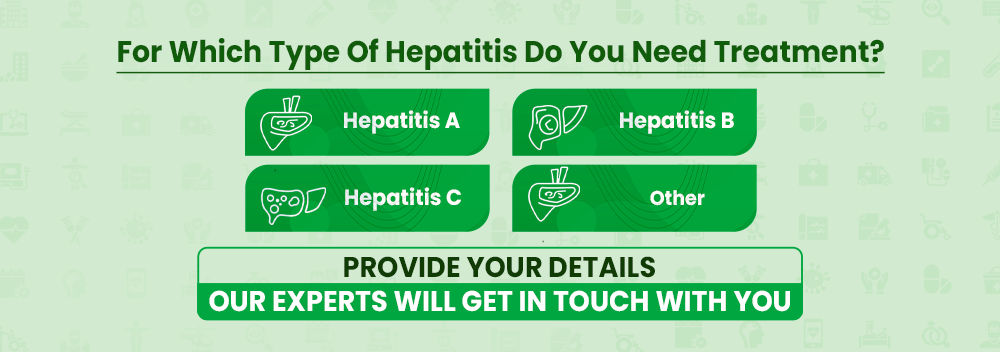
Importance of Early Diagnosis and Treatment
Prompt medical evaluation is essential when an ACL injury is suspected. Early diagnosis allows for:
- Accurate Assessment: Determining the extent of the injury and identifying any associated damage to other knee structures.
- Preventing Further Damage: Avoiding activities that could exacerbate the injury or lead to additional complications.
- Timely Intervention: Implementing appropriate treatment strategies, which may include physical therapy or surgical options, to facilitate optimal recovery.
Delaying treatment can increase the risk of chronic knee instability, meniscal tears, and the development of osteoarthritis.
Does Stem Cell Therapy Work for ACL Injuries?
Stem cell therapy involves injecting autologous stem cells (derived from the patient's own body) into the injured ACL. These cells promote tissue regeneration, reduce inflammation, and accelerate healing.
Types of Stem Cells Used in ACL Treatment
1. Bone Marrow-Derived Mesenchymal Stem Cells (BMSCs)
- Application: Commonly used in ACL repair due to their ability to differentiate into various cell types, promoting tissue regeneration.
- Evidence: Studies have shown that BMSCs can enhance ligament regeneration and graft–bone healing after reconstruction surgery.
2. Ligament Stem Progenitor Cells (LSPCs)
- Source: Isolated directly from ligament tissues.
- Application: Specifically associated with ligament repair, showing significant potential for ligament tissue regeneration.
- Evidence: Research indicates that LSPCs have a high propensity to differentiate into ligament-specific cells, making them ideal for ligament repair.
3. Pluripotent Stem Cells (PSCs)
- Source: Derived from early embryos or reprogrammed adult cells (induced pluripotent stem cells).
- Application: Capable of differentiating into various cell types, including those required for ligament and tendon formation.
- Evidence: While their use in ACL repair is still largely experimental, PSCs offer the potential for creating bioengineered ligaments and tissues.
4. Adult Stem Cells (ASCs)
- Source: Obtained from various adult tissues, including adipose tissue, synovial membrane, and periosteum.
- Application: Utilized in ACL repair to promote tissue regeneration and healing.
- Evidence: Studies suggest that ASCs can contribute to tissue repair and regeneration, though their differentiation capacity may vary .
Benefits of Stem Cell Therapy for ACL Injuries
- Minimally Invasive Procedure: Utilizes needle-based injections without the need for extensive surgery, reducing tissue damage and scarring.
- Reduced Risk of Complications: Lower chances of infection and other surgical risks, as the procedure avoids large incisions and general anesthesia.
- Natural Healing Process: Employs the body's own mesenchymal stem cells (MSCs) to promote tissue regeneration and repair, enhancing the body's innate healing capabilities.
- Improved Knee Function and Stability: Clinical studies have reported significant improvements in knee function and stability post-treatment, highlighting the therapy's efficacy.
Risks and Considerations
- Variable Outcomes: Effectiveness can vary based on injury severity and patient health.
- Limited Long-Term Data: While short-term results are promising, more research is needed on long-term efficacy.
If you're considering stem cell therapy for an ACL injury, it's essential to be informed about potential risks and considerations - Enquire Now to explore regenerative treatment options that may help you regain knee stability and function.

ACL Stem Cell Treatment Cost
The cost of ACL (Anterior Cruciate Ligament) stem cell therapy in India varies based on several factors, including the clinic's location, the type of stem cells used, the severity of the injury, and the specific protocols followed by the healthcare provider.
Estimated Cost Range
- General Range: The cost typically ranges from ₹3,00,000 to ₹9,00,000 (approximately $3,000 to $12,000 USD) .
- City-wise Estimates:
- Delhi: ₹4,75,000 to ₹9,10,000
- Mumbai: ₹3,88,000 to ₹6,10,000
- Chennai: ₹4,64,000 to ₹7,46,000
Factors Influencing Cost
- Type of Stem Cells:
- Autologous Stem Cells (from the patient's own body): Generally less expensive, ranging from ₹2,78,000 to ₹4,69,000 .
- Allogeneic Stem Cells (from a donor): Typically costlier, ranging from ₹4,58,000 to ₹7,48,000.
- Clinic and Facility:
- Reputed hospitals and specialized orthopedic centers may charge more due to advanced infrastructure and experienced medical personnel.
- Severity of Injury:
- Complex or complete ACL tears may require multiple sessions or additional treatments, increasing the overall cost.
- Additional Services:
- Costs may also include pre-treatment evaluations, imaging tests, post-treatment physiotherapy, and follow-up consultations.
The Procedure of Stem Cell Therapy for ACL Injuries
1. Evaluation
A comprehensive assessment, including medical history review, physical examination, and imaging (MRI or ultrasound), determines the suitability of stem cell therapy for the patient.
2. Stem Cell Harvesting
Stem cells are collected from the patient's own body, typically from bone marrow or adipose tissue, using minimally invasive techniques.
3. Processing
The harvested stem cells are processed in a laboratory to concentrate and prepare them for injection, enhancing their regenerative potential.
4. Injection
Under imaging guidance (such as ultrasound or fluoroscopy), the concentrated stem cells are precisely injected into the injured ACL to promote healing.
5. Rehabilitation
A tailored rehabilitation program, including physical therapy, is essential to restore strength, mobility, and function to the knee joint post-treatment.
What to Expect After Stem Cell Therapy for ACL Injuries?
After undergoing stem cell therapy for an ACL (anterior cruciate ligament) injury, patients can expect a recovery process that varies based on the extent of the injury, the type of stem cells used, and individual healing responses. Here's a general timeline and what to expect:
Recovery and Rehabilitation
Recovery timelines can vary:
- Immediate Post-Treatment: Most patients experience pain relief within the first few days.
- 3–6 Months: Continued rehabilitation to strengthen the knee and improve function. Most patients see significant improvement during this period.
- 6 Months and Beyond: Full recovery and return to high-impact activities may be possible, depending on individual progress and the extent of the injury.
If you're considering stem cell therapy for an ACL injury, ClinicSpots offers a comprehensive platform to connect you with top orthopedic specialists across India.
Results and Success Rates of Stem Cell Treatment for ACL Injuries
Stem cell therapy offers a promising, minimally invasive alternative for treating ACL injuries, particularly partial tears. Clinical studies have reported significant improvements in pain relief and knee function. For instance, one study observed a 67% reduction in knee displacement and 80% ACL reattachment on MRI one year post-treatment.
In another study involving patients with Grade 2 and Grade 3 ACL tears, improvements of 74% and 69% respectively were noted. Additionally, only 17% of patients eventually required surgery, indicating the potential of stem cell therapy to reduce the need for surgical intervention.
While these results are encouraging, it's important to note that stem cell therapy is most effective for partial tears and may not be suitable for complete ACL ruptures. Consulting with an orthopedic specialist can help determine the most appropriate treatment based on individual circumstances.
Stem Cell Therapy vs. PRP for ACL Injuries
Stem cell therapy and platelet-rich plasma (PRP) therapy are two regenerative treatments for ACL injuries. Stem cell therapy is often preferred for more severe injuries due to its tissue-regenerating capabilities, while PRP therapy is typically used for milder cases to accelerate healing.
Feature | Stem Cell Therapy | Platelet-Rich Plasma (PRP) |
| Mechanism | Tissue regeneration | Accelerates healing |
| Best For | Moderate to severe injuries | Mild to moderate injuries |
| Invasiveness | Minimally invasive | Minimally invasive |
| Recovery Time | 3–6 months | 4–8 weeks |
| Cost | Higher | Lower |
Both stem cell and PRP therapies offer promising alternatives to traditional surgical interventions for ACL injuries. The choice between them depends on the severity of the injury, patient preferences, and availability. Consulting with an orthopedic specialist can help determine the most suitable treatment option.
Conclusion:
In conclusion, stem cell therapy has emerged as a promising, minimally invasive alternative for treating ACL injuries, particularly partial tears. With success rates in India ranging from 60% to 80%, and costs significantly lower than in Western countries, it offers an effective solution for many patients . However, it's essential to consult with an orthopedic specialist to determine the most appropriate treatment based on individual circumstances.
References:
